Regenerative Agriculture: Principles and Practices
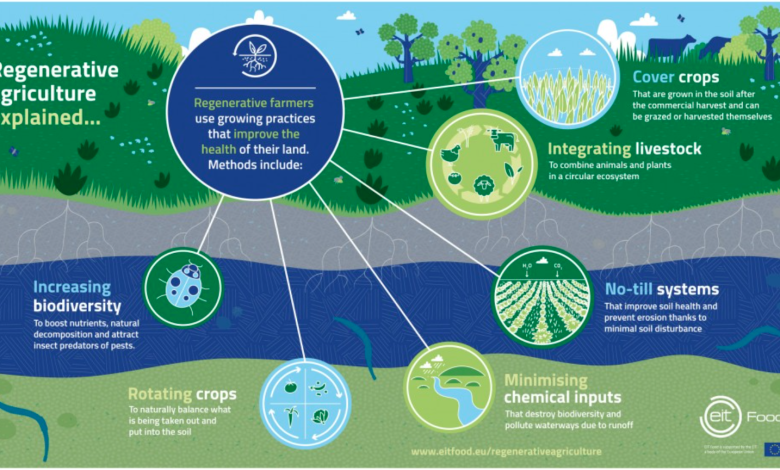
Here is the continuation of the Regenerative Agriculture article, in which I told you the basics of this way of farming based, in essence, on trying to reproduce the natural conditions of the soil.
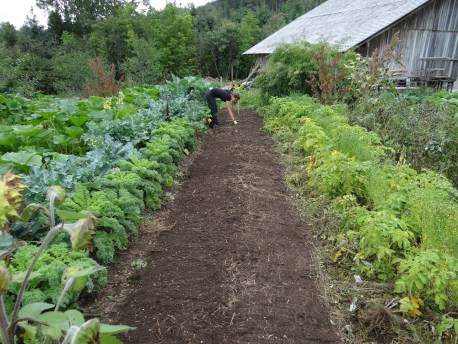
As I say, as in Permaculture, the basis is to imitate nature, to act as she does to maintain a rich and fertile soil, without using artificial products that «deplete the soil» and that, in addition, make the costs for farmers are much higher, thus diminishing their profits and quality of life.
Principles and practices of Regenerative Agriculture
To ensure that this does not happen, the most important practices and principles that are carried out in Regenerative Agriculture are:
- Cover the soil with plant material to protect it and maintain life inside it (something similar to the green manure technique, which we discussed in another post).
- Do not plow the soil with turning, as that causes many of the microorganisms necessary for the life of the plant that are inside and that need warmth and darkness, to die.
- Grazing of herbivores on farms imitating wild herds, which go through the land feeding on the remains of plants already harvested and advancing leaving behind a «worked» land and fertilized by them thanks to their excrement. The animals must graze on each piece of land but not for too long, so that they do not kill all the vegetation This land regenerates naturally once the animals have moved on to the next space and makes the soil much richer.
- Management of the birds also jointly, not fenced or separated from the cultivation area and the herds. In this way, parasites in herbivores and the larvae of these insects in the soil are reduced, chickens moving after herds of herbivores are very useful to achieve this.
- Optimum water management, creating «water stores» in the ground. How do you do this? Well, by increasing the organic carbon in it, since it is capable of retaining water and prevents the clays from forming hard layers on the surface and the water runs off without filtering. In other words, we must achieve the opposite of a «bare ground» thanks to surface vegetation and proper grazing. A key aspect for this is the execution of the KeyLine (KeyLine Desing).
- Reducing the inputs a farmer uses to produce food. Production costs must be reduced so that farmers can live better. To do this, you don’t have to force the machine… you don’t have to make a cow produce more than it would naturally produce… that a plant produce three times what it would naturally produce… since, if that happens, the costs to achieve it (machinery, antibiotics, fertilizers…) are excessively high and profit margins will be much lower.
- Recovering Food Sovereignty, local varieties, and relationships between people (consumer groups, local markets, direct producer-consumer relationship…) are a basic principle in Regenerative Agriculture.
The Key Line or KeyLine in Regenerative Agriculture
It is a method for the homogeneous distribution of water on the farm so that its use is more efficient. It was discovered by PA Yeomans in the 1950’s and has now been further developed by Darren Doherty, the forerunner of Regenerative Agriculture.
In essence, it is a matter of looking for level lines (which are lines that join points at the same height above sea level) and, from them, draw «uneven» lines (although with a very slight unevenness, 1:400). In this way, the water can move throughout the plot in a homogeneous way, but it does not move very quickly along the surface, but rather can filter into the ground.
To make the key lines, a special tool is used that does not turn the soil. This plow breaks the soil thanks to some blades and, in addition, in the same pass, it can sow the seed and add the compost.
Talking about this would give us a few posts on this blog, so for now I leave you with a video that illustrates a little this about making key lines in our field.
In the video that I posted in the previous post you also have information about the key line, take a look!
I hope this post has helped you a bit to get an idea of what the principles and practices of Regenerative Agriculture are. Any questions or comments about this you already know, the comments space below is open for your contributions:).

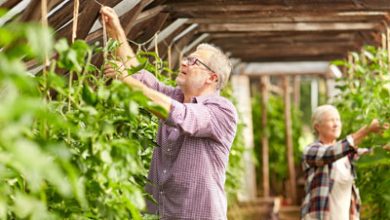
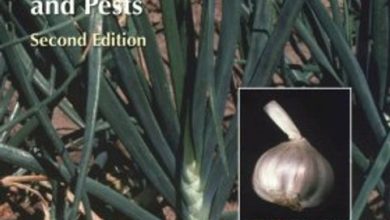
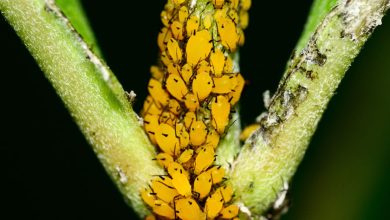
![Photo of How to Sow the Money Plant: [Method, Care and Complete Guide]](https://www.complete-gardening.com/wp-content/uploads/2021/06/cómo-sembrar-la-planta-del-dinero-390x220.jpg)